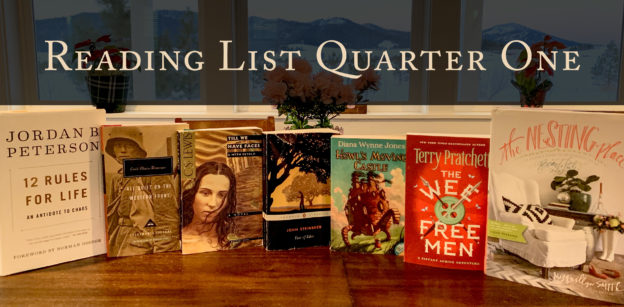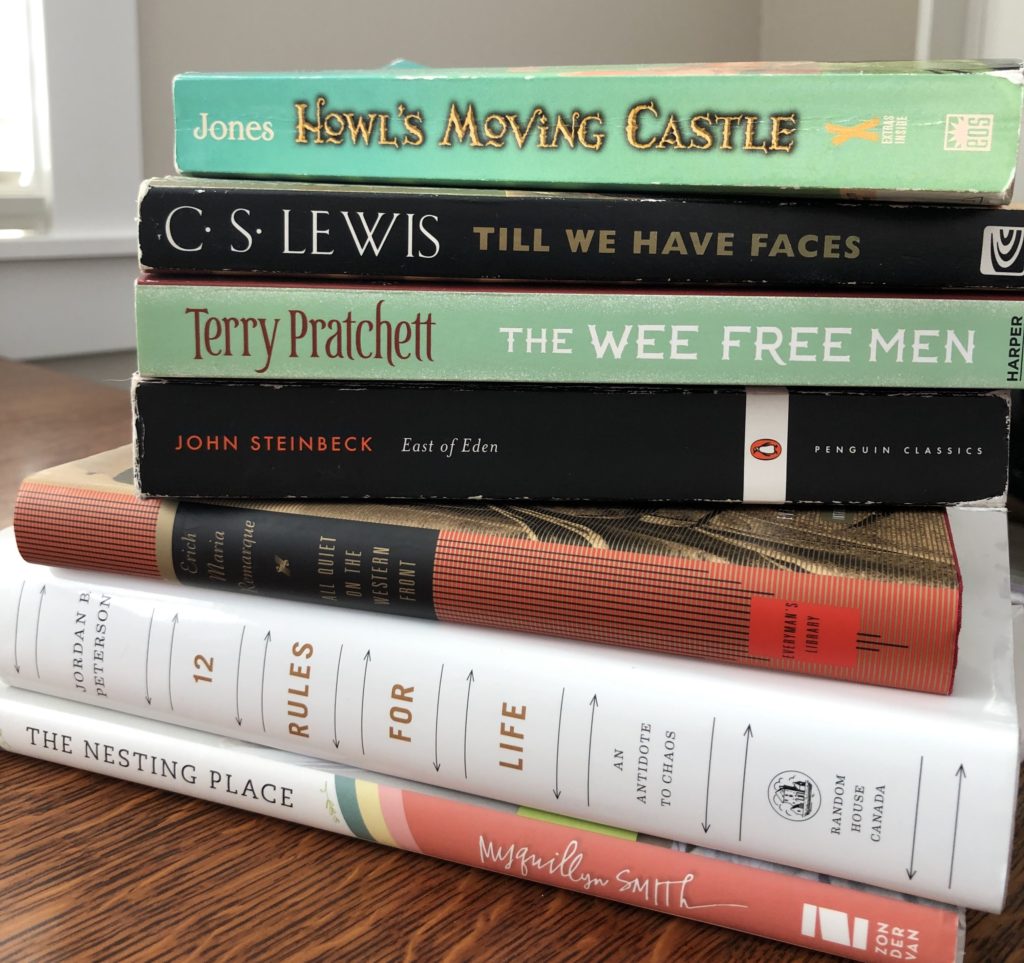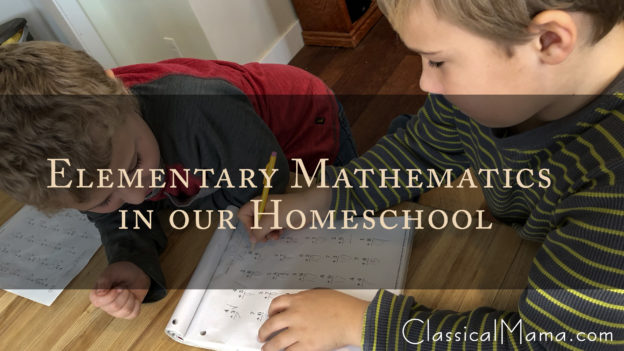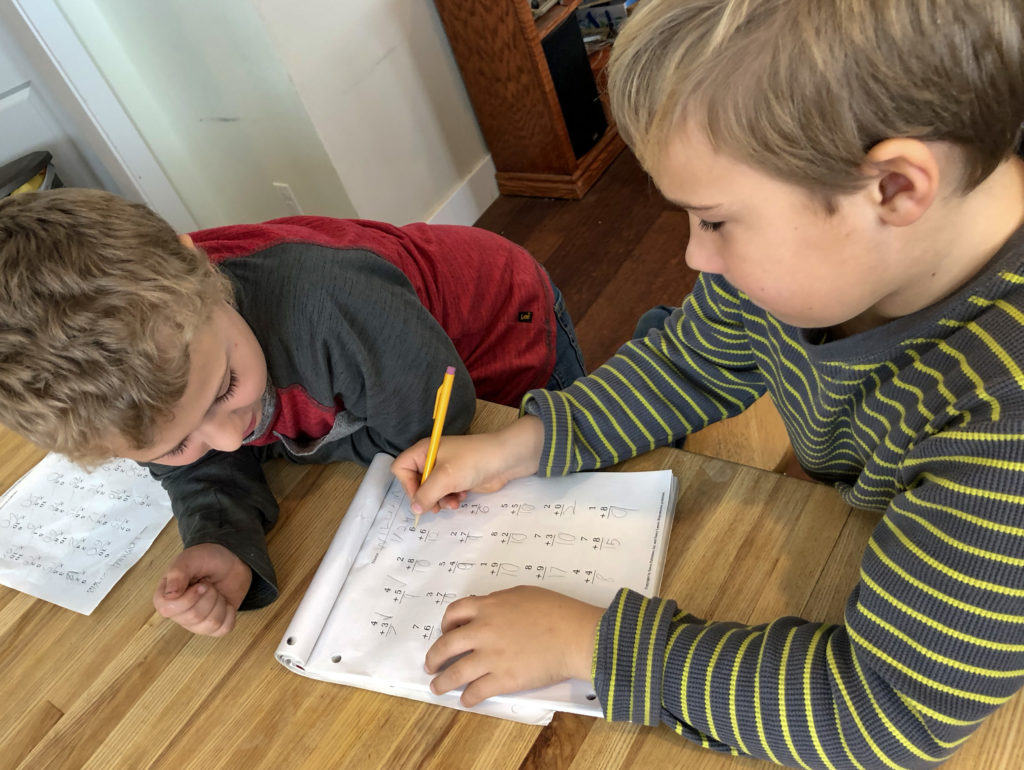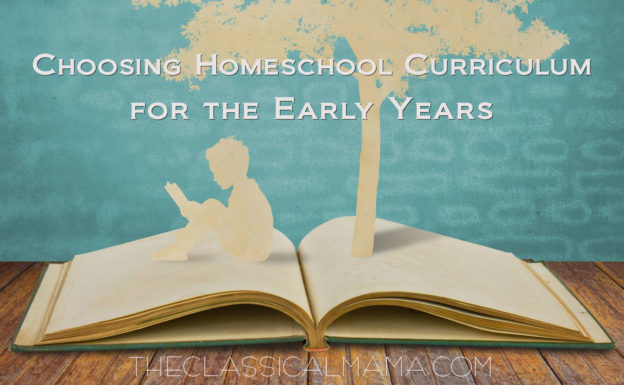Both my husband and I have loved to read for learning and pleasure for as long as we can remember. So perhaps you can imagine why I assumed our children would one by one learn the mechanics of phonics and automatically love reading as a result. Much to my chagrin, when three of my children had learned how to read, lo and behold two out of three couldn’t understand whyever anyone would spend good time on it. I’ll throw out a spoiler at this point: the reticent readers are reticent no more. But we made changes in order to get to that point.
Four specific changes stand out to me, too many for one post. I’ll start with one: “Modeling the love of Books and Reading,” and then cover the others in another post. In my initial confusion when I found my boys did not just magically see eye to eye with we their parents on literary matters, I argued to myself, “But why? We’ve always modeled the love of reading for them!” But then I started giving myself a fair assessment and realized that they didn’t really see us doing the book-loving because my husband did a lot of his reading at work (to overcome small business challenges, but it is also a pleasure!) and I did mine while relaxing after bedtime or in snatches when they were watching a movie or playing. So I started to read in the middle of the chaos. I began to tell them about how may pages I read the last time I settled down to read. I read part of my book out loud to them. They saw me prep for a bookgroup which sometimes meets in my home.
But the real modeling opportunity happened when we had no idea what an opportunity it was. We took them to our local library books sale. They saw the light in Daddy’s and Mommy’s eyes as we found book-treasures for a bargain, and noted our fun as we compared our stacks and got excited with friends who popped in for the same sale. Suddenly it was game on. They rushed to sort through stacks and found their own treasures. I realized that just because I was modeling a love of books and reading in concept did not mean it was nearly as visible as it needed to be to inspire my children.


